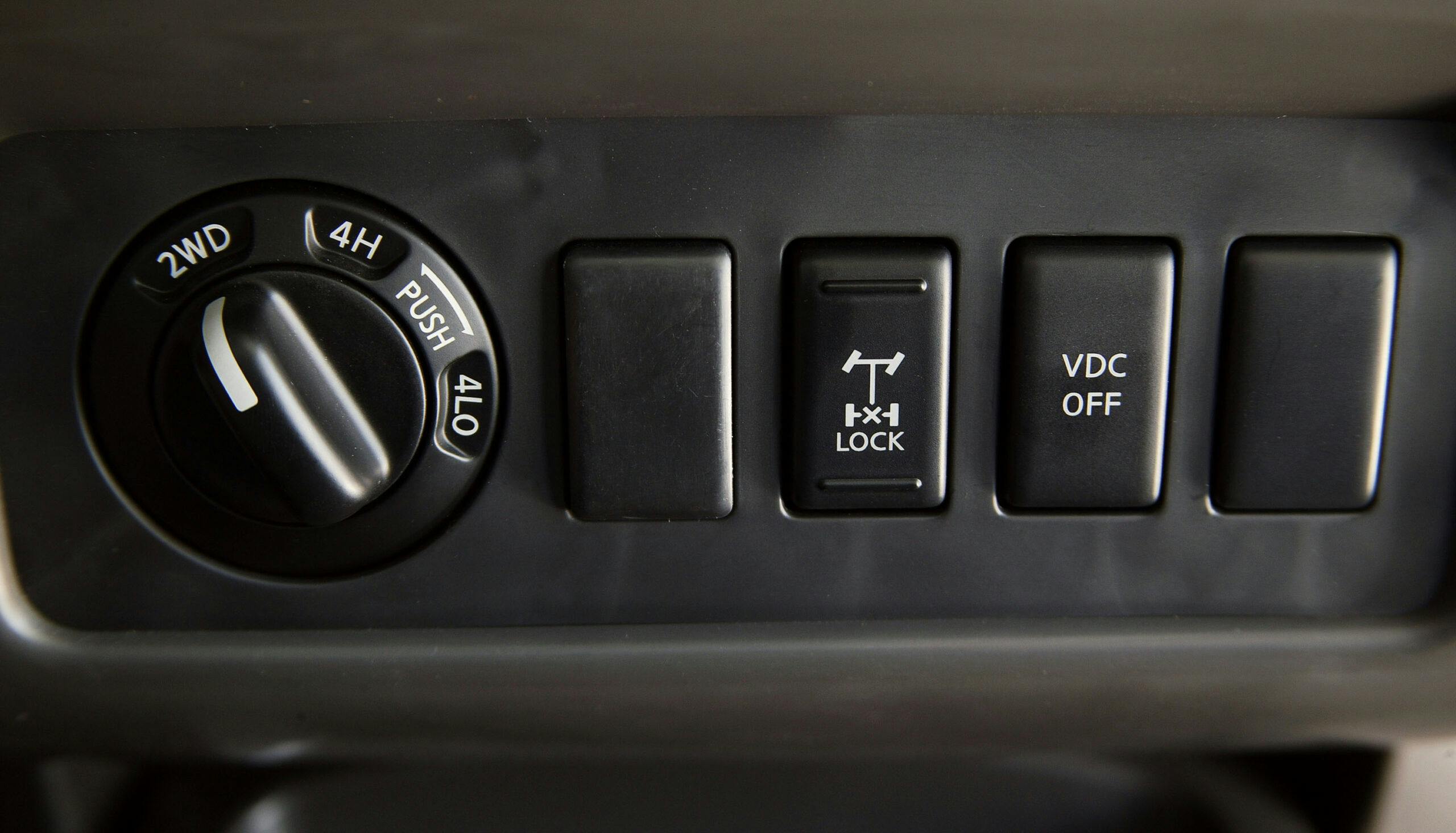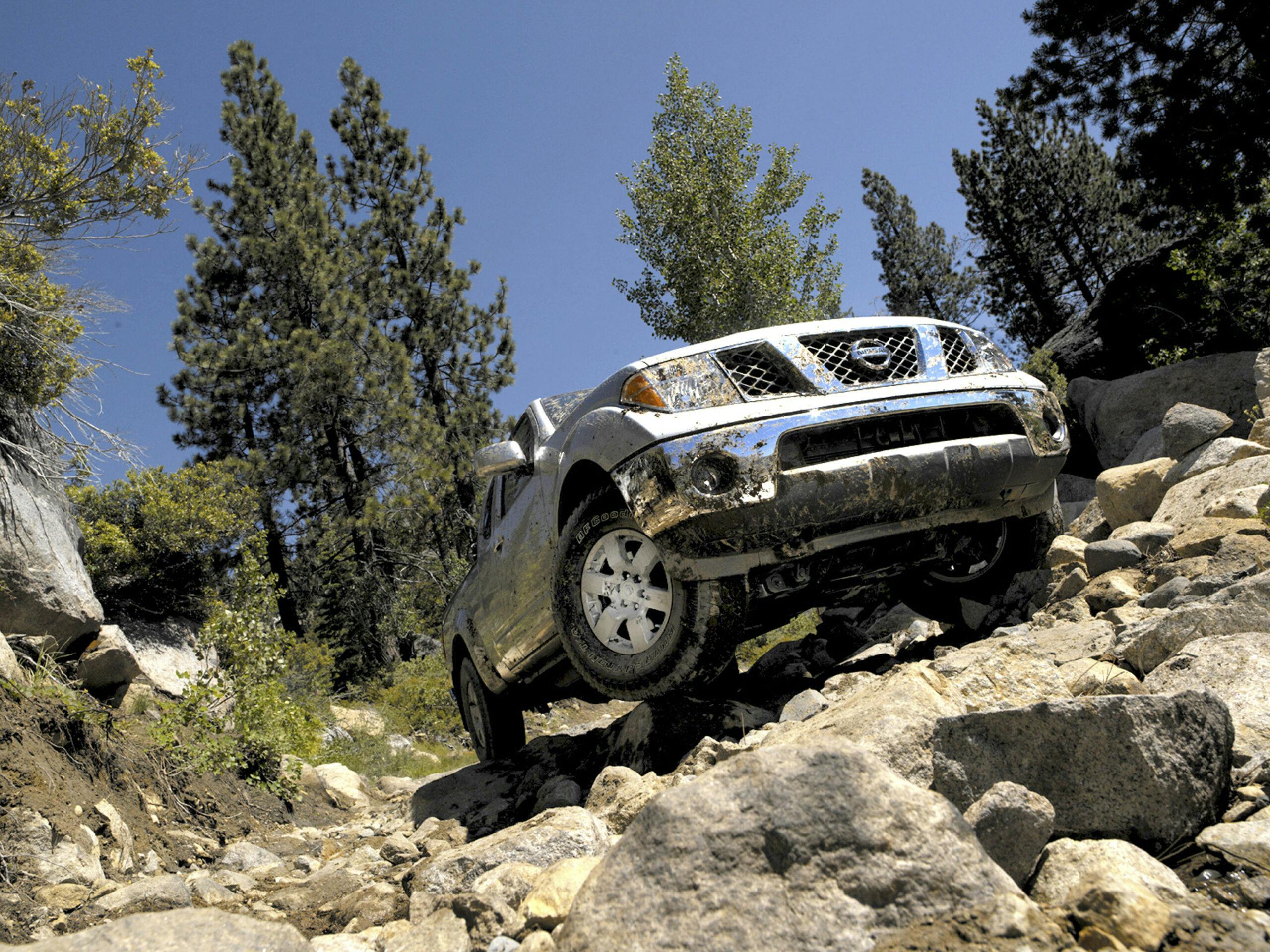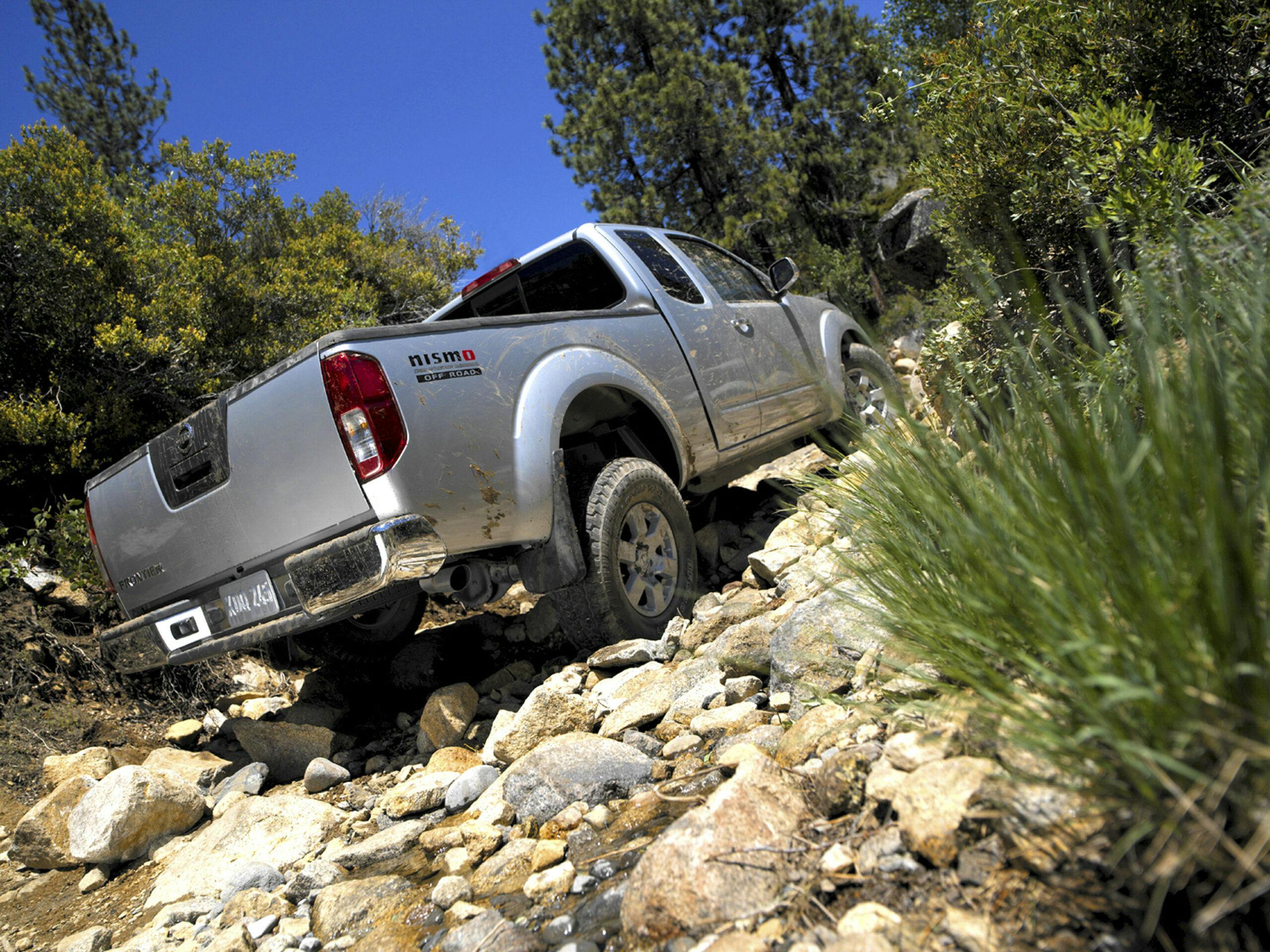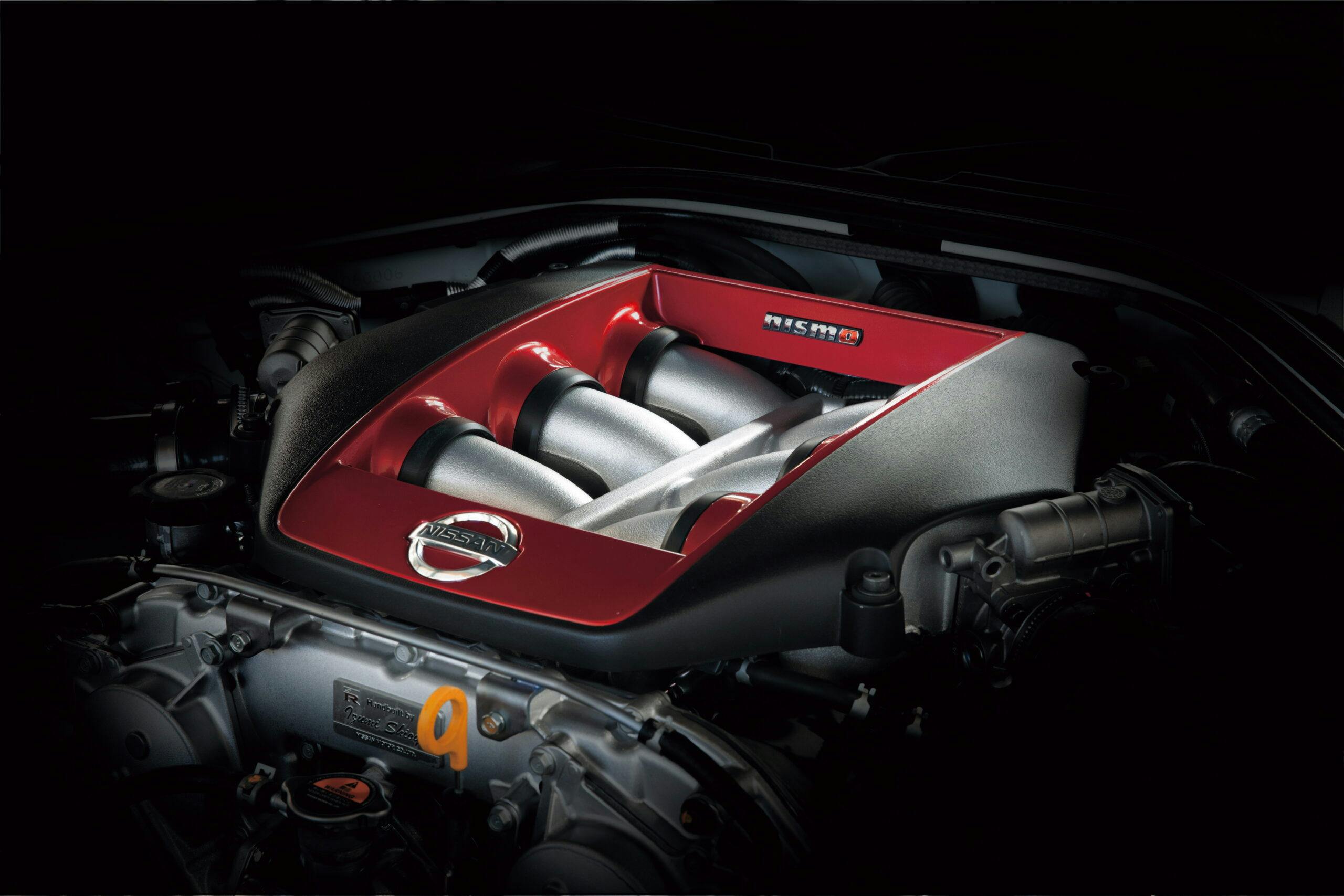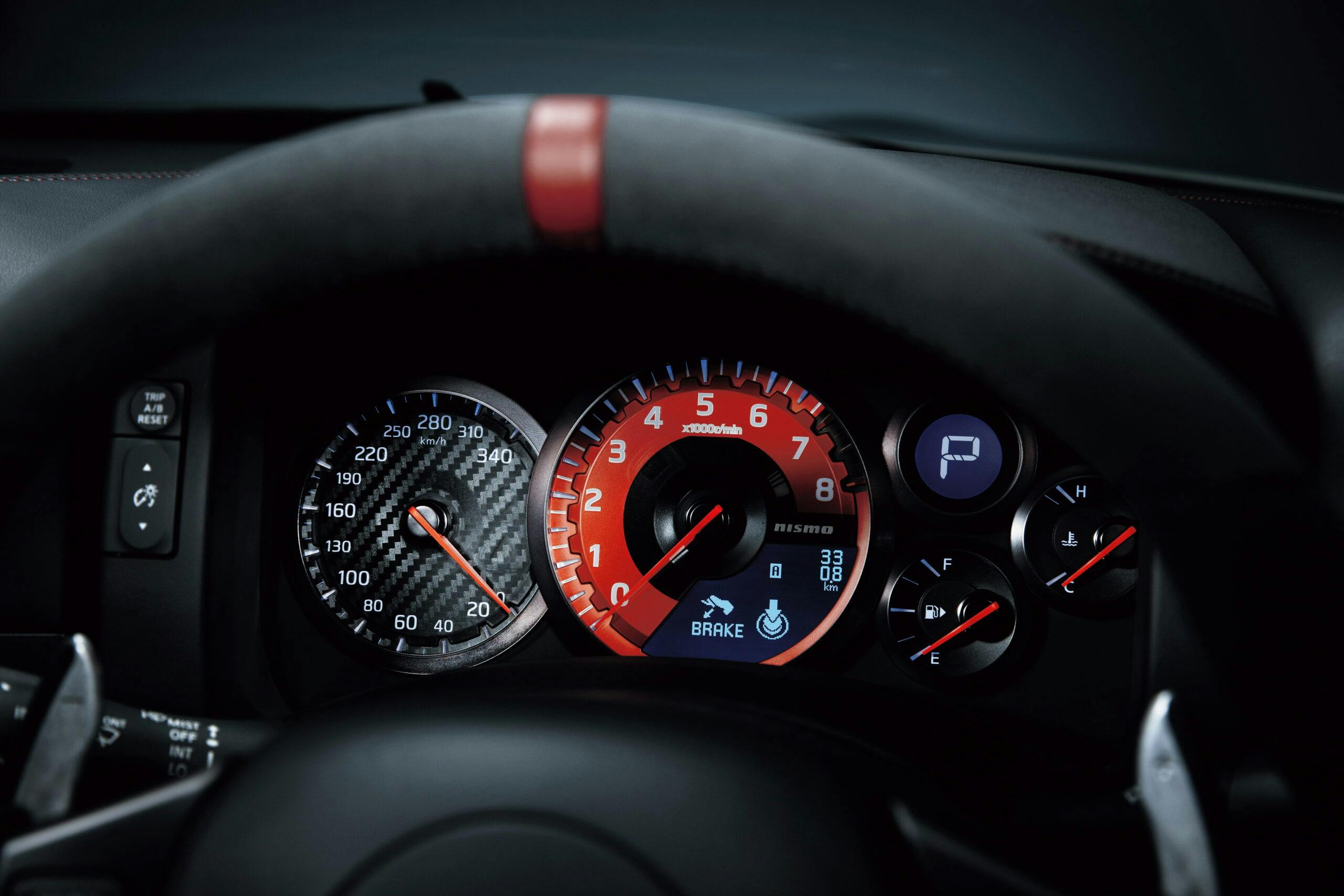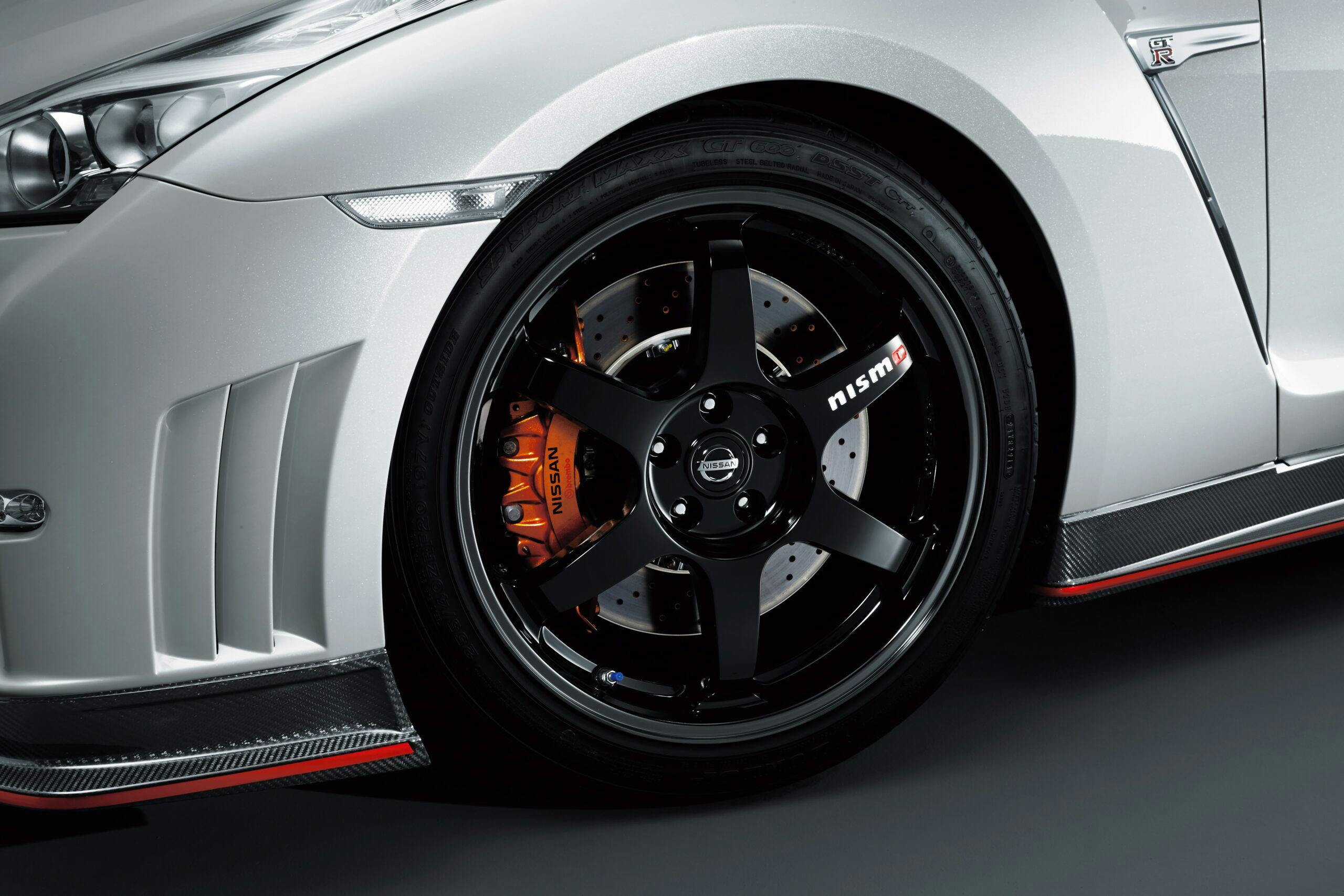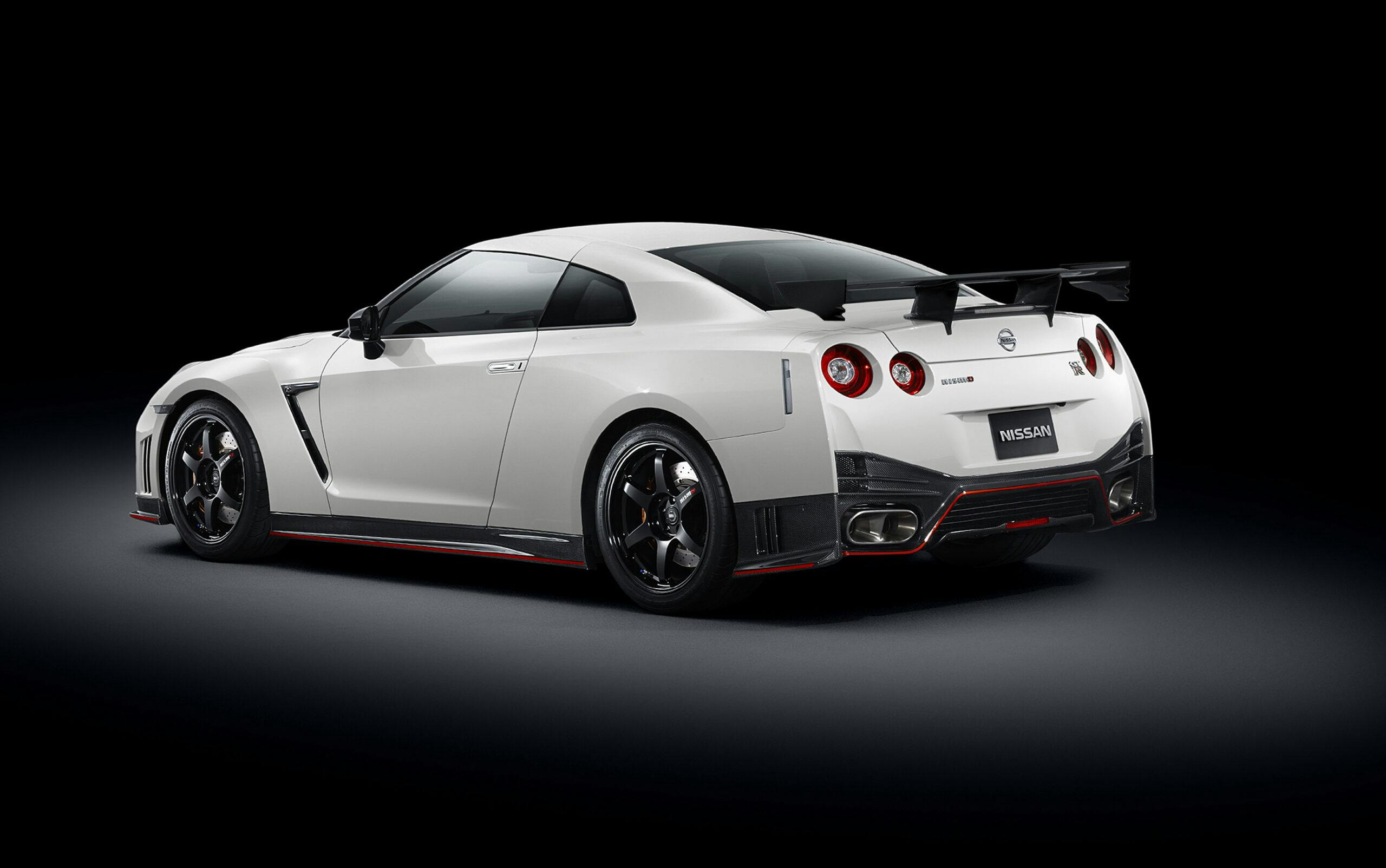NISMO has had often-surprising jaunts to America
Exactly when NISMO, Nissan’s performance arm (an acronym for NISsan MOtorsports) was formed depends on what interpretation you have of “formed,” but the accepted origin traces NISMO’s start to September 17, 1984, when it merged its two motorsports divisions (one handled privateer teams, the other in-house activities).
Interestingly the NISMO website in Japan lists motorsports and performance cars as only one part of the operation, which much of it given over to large trucks and handicapped vans. Should you like to visit the 600-employee enterprise, it may be the only major-company website that gives its location based on a bus trip there. (“Take a No. 52, No. 53, or No. 54 bus bound for Samukawa Ekiminamiguchi and exit the bus at the Nishinoya Bus Stop.”)

In America we have deep-fried Oreos, but there are no bus directions. NISMO, according to its U.S. presence online, is strictly performance-oriented: “NISMO is the embodiment of ultimate Nissan performance, inspired by the most unforgiving proving ground—the race track. An elite group of engineers and test drivers who have worked, driven, and won on every level take select Nissan vehicles and create NISMO road cars that offer a uniquely thrilling and authentic experience.” Well, read on and see if you agree.
Indeed, NISMO took its time coming to America, and even Japan. While the first Skyline GT-R was built in 1969, the first NISMO-branded model was 1987, an R34-generation Skyline GT-R, but good luck finding one of the 823 examples. The second came in 1990 with the Skyline GT-R NISMO.
Meanwhile, NISMO race cars were making a name for themselves globally, finishing reasonably well at the 24 Hours of Le Mans and other higher-profile races, so by the time the first U.S. NISMO model came to America in those exploits, plus a starring role in the Gran Turismo video game series, NISMO was a well-regarded name among a select group of performance enthusiasts, despite the fact that the GT-R wasn’t offered for sale here until 2009, with the R35 generation.
Japan was, throughout the 1990s, by far the home market for NISMO, which sold a large variety of performance parts, few of which were available in America. In 2001, it was announced at the SEMA show that the U.S. would get some NISMO accessories, but it was a couple of years before that happened, and it wasn’t a smooth process when it finally did.
In 2013, Nissan announced that it would expand NISMO globally, including to North America. At the time NISMO only sold about 15,000 cars a year, and moving deeper into the U.S., Europe, and the Middle East was expected to expand that number.
“As a Nissan sub-brand, NISMO further builds upon the core values of Nissan cars,” said Takao Katagiri, president and CEO of Nissan Motorsports International at the time. “With the combined expertise of Nissan group companies, NISMO road cars will make customers enjoy Nissan cars more than ever.”
Long before that, though, NISMO’s trip to America was greeted by a hungry audience waiting to see what the offerings would be. They would be surprised.

The first surprise came with the debut NISMO model. In Nissan’s words: “The NISMO Frontier, the first-ever NISMO branded Nissan vehicle in North America, represents the highest level of factory off-road performance available in the Nissan Frontier. Launched with the all-new Frontier in 2005, Nissan and NISMO engineers discussed the opportunity in the development process to offer a specialized model purpose-built for off-road adventure.”
And it was, sort of. Parts included NISMO-spec Bilstein shocks, modest skid plates, 16-inch aluminum-alloy wheels with “aggressive P265/75R16 BFGoodrich Rugged Trail T/A off-road tires” and an electronic locking rear differential. It was offered in four-wheel-drive and, oddly, rear-wheel drive.
It was a good little truck, but that’s what Nissan chose to lead the charge for NISMO here? There were more surprises to come.
Of course, not surprising at all was the precursor to the coming NISMO marketing push, the 2007 Nissan 350Z NISMO. The first NISMO car sold in America was a modified 350Z, and it debuted at the New York Auto Show in 2007. Priced at $38,700, fewer than 1700 were produced for the late-2007 and 2008 production run. It had a stiffened chassis and a different suspension and brakes from a standard Z. Horsepower was 306 from the 3.5-liter V-6, enhanced only by a NISMO exhaust. Transmission was a six-speed manual – no automatic was offered. It had a different aerodynamics package, including a large rear wing, and it came with RAYS forged wheels.
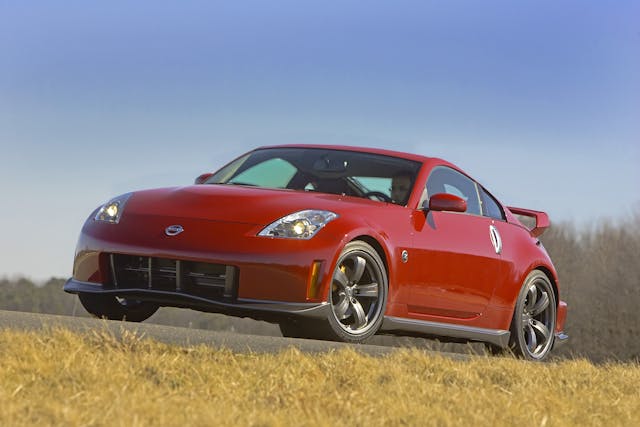
It took until 2015 for the Nissan GT-R NISMO to show up. It was 600 horsepower, up from 545, with torque at 481 lb-ft and a chassis that was considerably upgraded, though still in its seventh year. Transmission was a six-speed dual-clutch automatic. It went 0-60 mph in 2.9 seconds in Car and Driver testing, 0 to 130 mpg in 12.9 seconds, and cost just over $150,000, a breathtaking amount but that didn’t keep well-heeled customers, some of whom had been waiting for a GT-R NISMO for years, from buying them.
According to Hagerty valuation data, the 2015 Nissan GT-R NISMO is still worth $129,000 in #3 “Good” condition, with a regular GT-R Premium going for a still-impressive $79,700.
The other two U.S. NISMO models were unexpected, as well. The Juke was an odd-looking little cute-ute with sportier-than-average performance, and Nissan marketed a NISMO version of the Juke that was actually a pretty nice vehicle. The 2017 model had real Recaro seats, a NISMO leather-wrapped steering wheel and gearshift knob, and 10-spoke NISMO 18-inch wheels. There was a NISMO and NISMO RS, which had 215 horsepower (up from 188) and additional chassis tuning. Both offered a six-speed manual for the front-drive models, but if you wanted all-wheel-drive, it was the soggy CVT.

And there was the 2017 Nissan Sentra NISMO, which lasted for three model years. It had a 1.6-liter turbocharged four-cylinder with 188 horsepower, the same as the regular turbo Sentra model, so it was not much faster in a straight line, but NISMO’s structural reinforcements, suspension tuning, and use of Michelin Pilot Sport A/S 3+ performance hardware did help handling.
Other benefits were the sport seats and six-speed manual transmission (you could have the CVT, but who wants that?), plus other sporty interior bits and pieces. It was priced at around $27,000, competing with the Ford Focus ST and VW GTI.

That’s the North American NISMO introductory inventory, and it can be argued that Nissan has not made the most of NISMO here. After the Sentra was unveiled, AutoWeek wrote, “Nissan should know better than to dilute Nismo’s niche cachet by even building this thing.” While it’s taken a long time for the collector market to awaken to the Dodge Shelby Charger, GLH and Dakota pickup, it’s sort of the same deal: Did Shelby really need to be associated with four-cylinder engines and a mid-sized truck? “Dilute” did at the time seem like a good word for the Shelby-Dodge adventure, as well as the Nissan Frontier/Juke/Sentra initiative.
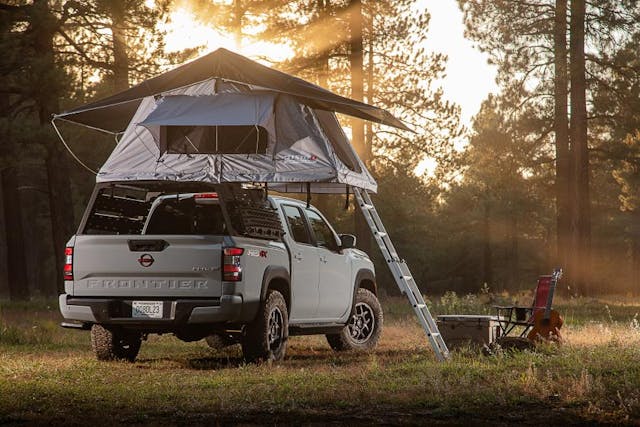
Nissan has a line of NISMO accessories for the new Frontier, including the NISMO roof tent. If the company thinks that’s the best use for NISMO branding in the U.S., go for it. Is the owner of a NISMO Juke likely to park next to a NISMO GT-R and say, “Look! I have a NISMO too!”?
Probably not, but if they do, they are technically correct. And there is an actual connection to off-road racing in the Frontier’s case. But that doesn’t mean we understand how Nissan USA has applied its NISMO branding iron here.
Perhaps the saddest aspect regarding NISMO in the U.S. is knowing what could have happened. In Japan, NISMO produced genuine racing homologation specials like the legendary 400R, which was essentially a race car for the road. Knowing Nissan’s capabilities, it’s sad the company never truly let go and showed America what NISMO can do if it wants to. Instead, we got gently turned road cars, and trucks, and SUVs. What could have been …
***
Check out the Hagerty Media homepage so you don’t miss a single story, or better yet, bookmark it. To get our best stories delivered right to your inbox, subscribe to our newsletters.

